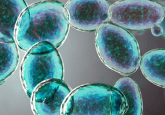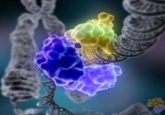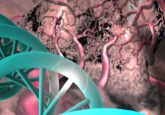Cancer-causing mutations: a bigger picture
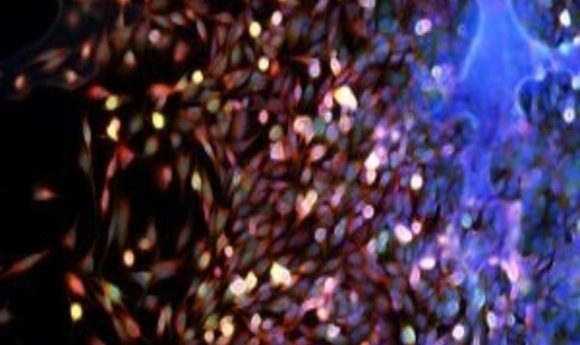
A novel method combining three cancer mutation-identifying technologies provides a bigger picture of the cancer cell’s genome and gives hope for more personalized cancer therapies.
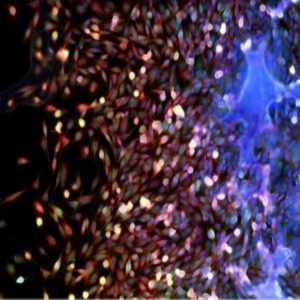
An international team of researchers from institutions including Penn State College of Medicine (PA, USA) and the University of Cambridge (UK) have combined three different methods for identifying cancer mutations. It is hoped that this new method may provide more information regarding the origin of the cancersand more of an overall picture of the cell’s genome.
“We were able to design and use this computational framework to connect the three methods together, to get the most comprehensive view of the genome,” said corresponding author, Feng Yue (Penn State College of Medicine).
“Each method by itself can only review a portion of the structural variations, but when you integrate the results of the three different methods, you can get the most comprehensive view of the cancer genome.”
Structural variations are mutations in DNA that can result in cancer-causing genes being turned on. Treatment plans for patients can be optimized if it is known that this abnormality was likely the route of their cancer.
“If you are a cancer patient, knowing about the structural variants that lead to the cancer can help us understand why you got sick and possibly which treatment could be best,” Yue commented.
The three methods that were combined were optical mapping, high-throughput chromosome capture and whole genome sequencing. This combination led to the discovery of structural variants for over 30 types of cancer cells. They could also utilize these methods to attempt to understand why certain variants may be contributing to cancers.
They believe that some variants could be affecting regulatory gene ‘switches’ in noncoding sequences of DNA. When these switches are broken, cancer-related genes could be turned on or off. With further research, it may be possible to target therapies towards these specific switches utilizing gene-editing technologies.
The team will now apply this novel method combination to more cancer patients, with the hope that they will be able to better predict which variants are contributing to cancers and which genes are being implicated. This could lead to more targeted therapies.
